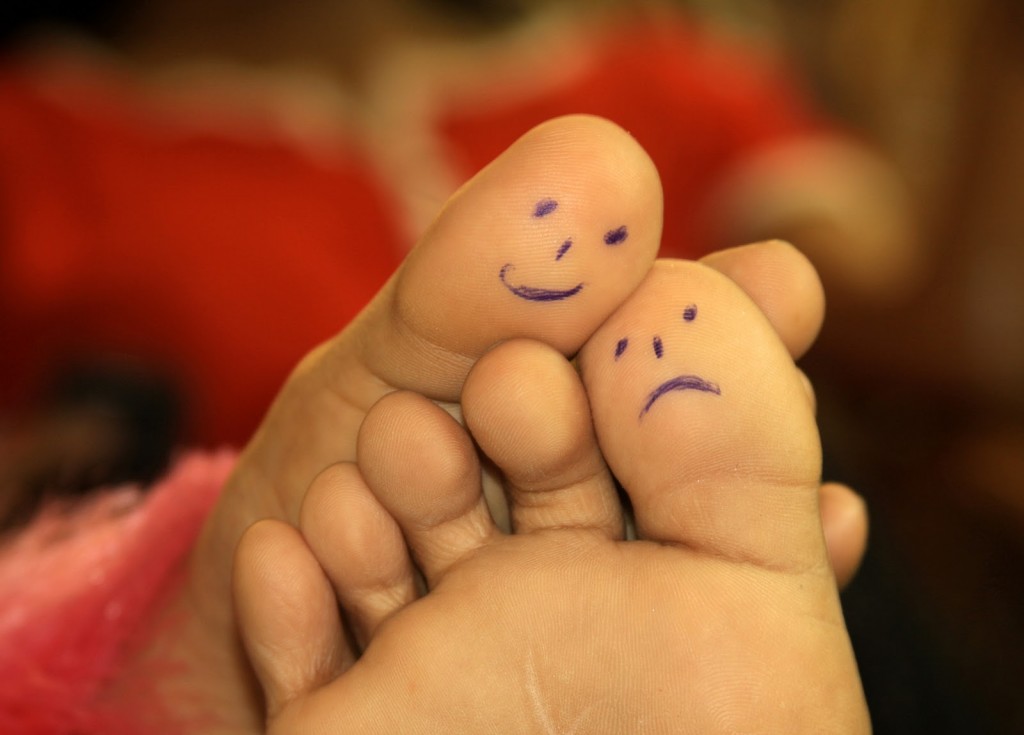 May 22, 2012
May 22, 2012
 Foot, Tips
Foot, Tips
 Leave a comment
Leave a comment
 foot care, how to care for feet after injury, taking care of feet, Tips
foot care, how to care for feet after injury, taking care of feet, Tips
If you injure your foot exercising, wearing the wrong shoes or generally increasing your activity level, “no pain, no gain” is usually not the answer. Here are a few tips that will get you back on your feet, both literally and figuratively speaking!
- Home care should consist of rest, ice, elevation, potential wrapping and anti-inflammatory medication if necessary
- Inspect your shoes to make sure they fit properly and there is adequate room for your toes to wiggle around in the toe box of the shoe.
- An arch support/insole may also help to alleviate your pain, and soft insole liners can also be placed in your shoes for some comfort/cushioning.
- If all else fails, call your local podiatrist 🙂
Image Source: irishcentral.com

